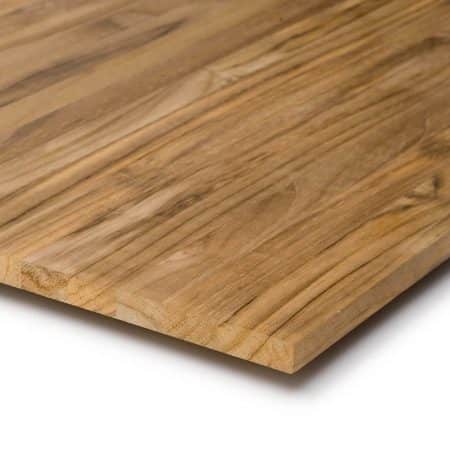
|
Origin |
Europe, North Africa and Asia |
|
bulk density |
680 kg / m³ |
|
durability class |
3 |
|
radial shrinkage |
0,18 - 0,23% |
|
Tangential shrinkage |
0,25 - 0,3% |
|
wood color |
light gray to dark brown |
|
wood structure |
Tree ring boundaries clear, vessels arranged coarsely and with semi-annular pores |
|
Usage |
furniture industry; in sophisticated interior design |
Walnut (Juglans) remains a highly valued furnishing wood in Europe, with the American walnut (J. nigra) being dominant, while the supply of European walnut (J. regia) is limited. The focus has shifted from technical applications to decorative uses, and the once plentiful exchange of walnut woods has declined sharply. The common walnut (J. regia) is monoecious and heterodichogamous, with male and female flowers on the same plant. Pollination occurs by wind, with the showy, cylindrical male inflorescences appearing before the female ones. The inconspicuous female flowers develop into ellipsoidal to rounded fruits with a woody core. The American walnut remains a distinctive wood for decorative applications, while the European walnut remains valued despite limited supply.
The heartwood varies from light gray to reddish brown, striped or grained, with American walnut often being darker and more evenly colored. The woods are medium-weight, tough and highly bendable, with excellent workability and smooth surfaces. There is a tendency to discoloration during drying and technical drying requires caution. Uses range from sporting rifle stocks to wood turning and decorative veneers for furniture and panels.
The climate crisis threatens walnut cultivation in regions such as the Hawraman border region between Iran and Iraq, which suffered from extreme drought, leading to groundwater depletion and the death of numerous walnut trees. Farmers are facing massive crop failures and financial losses. Climate adaptation requires the planting of trees resistant to global warming in order to ensure sustainable agriculture. Although the walnut is not native to Central Europe, it has acquired cultural significance. Folk beliefs connect them with customs such as protection from lightning in southern Germany or pointing to good harvests in Austria.
Sources: Wikipedia, Wood from the specialist (GD Wood)









